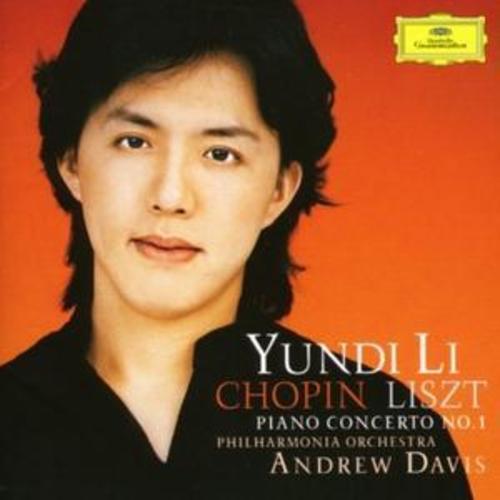

35, a composition that drew harsh criticism even in its time for its daring harmonies and structural innovations. The last work on the program is the celebrated Sonata in B-flat Minor, Op. 16 shows us a Chopin preoccupied with his role as a virtuoso pianist in a time in which he was trying to make a name for himself in Paris. Published in 1833, and extravagant in the choice of harmonies and thematic development, Op. 16 – a work that integrates Biedermeier models with brilliant, experimental pianistic intuitions.

The album continues with the Rondo in E-flat Major, Op. Robert Schumann praised the work as Chopin’s composition “closest to his genius.” Penned allegedly between 18, the ballade is the first work in which Chopin, in an iconoclastic gesture, destroys the old archetype of the sonata form by forgoing the full recapitulation and by bringing forth the second theme in a new, re-orchestrated fashion. 23, Chopin opens the road to a new conception of sonata form. The composer himself nicknamed the one in E minor “Palmejski” because it was written when he lodged in Palma de Majorca, before moving to the monastery of Valldemossa. 41, contain traces of Spanish influences (“it should sound like a choir of guitars,” said Chopin of the opening of the Mazurka in B Major). Today, not only is it considered one of Chopin's greatest achievements, but also shows the path to a new conception in which linear counterpoint dissolves harmonic tensions.Ĭompleted in 1839, during his sojourn in Majorca, the Four Mazurkas, Op. 61 (1846), a piece that is perhaps the composer's most intimate autobiographical confession, was looked by Franz Liszt looked with suspicion, and considered it a reflection of Chopin’s irremediable illness. In addition, Valentin performed Scriabin’s emotionally charged Prelude and Nocturne for the left hand, Op 9, written after he had injured his right hand, as a result of over-practicing, and Chopin’s famous Etude Op 25 no1 (nicknamed Aeolian Harp) and his wonderful Ballade no 3 Op 45 concluded the programme.The Polonaise Fantaisie, Op.

We heard in full the Prelude and Fugue in E major BWV 878 by Bach, and a contrasting selection of preludes written by the 3 later composers. However by the time of the Romantic era, the Prelude had more often than not become a stand alone composition, with Chopin, Debussy and Rachmaninov all writing their own sets of 24. These are generally regarded as being among the most important works in the history of Western classical music. This was certainly true during the Baroque era when J S Bach wrote his two sets of 24 Preludes and Fugues. Originally a Prelude was a short musical composition that came before a larger piece. He chose an interesting and enjoyable programme, based largely round the musical Prelude. Valentin is one of our most popular artists, with his engaging introductions to each piece he performs.


 0 kommentar(er)
0 kommentar(er)
